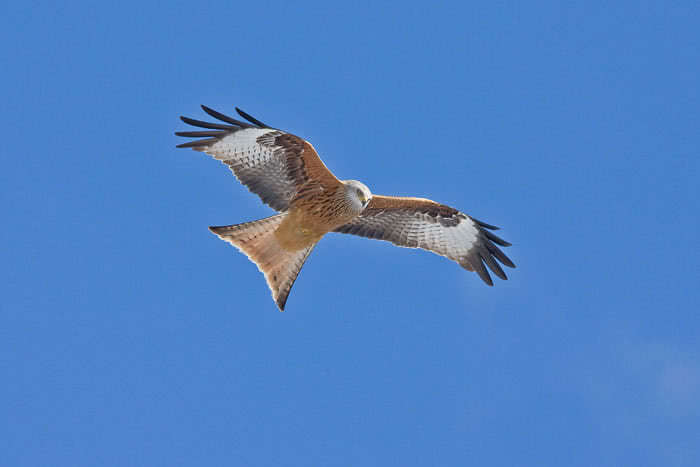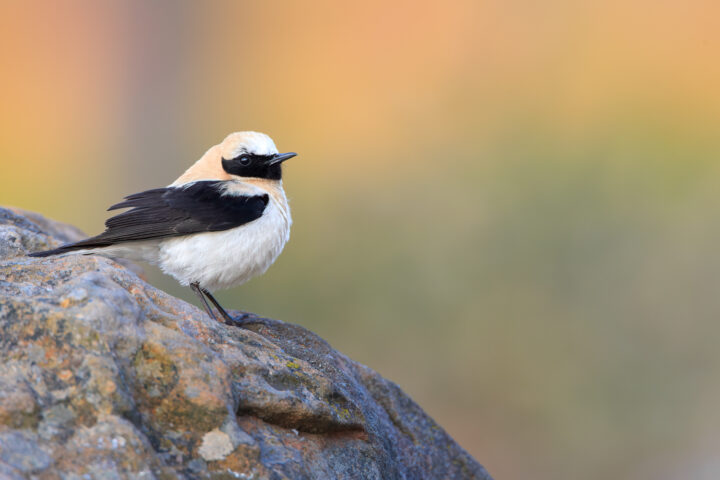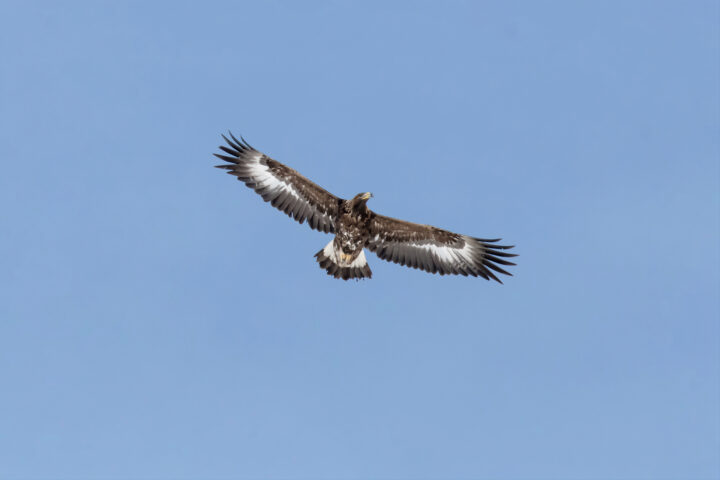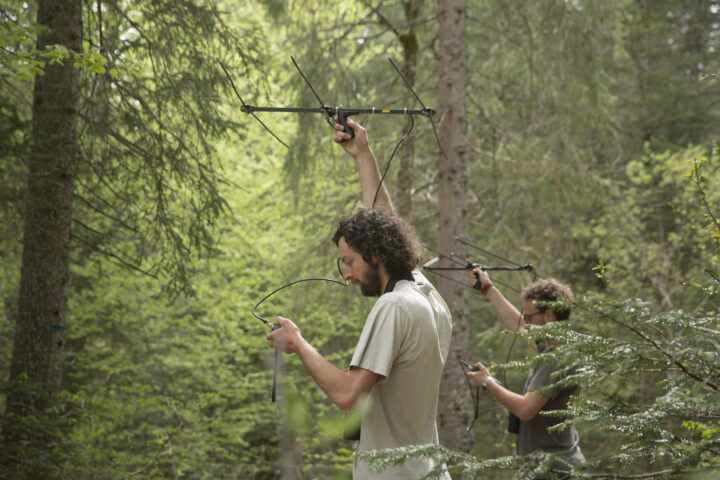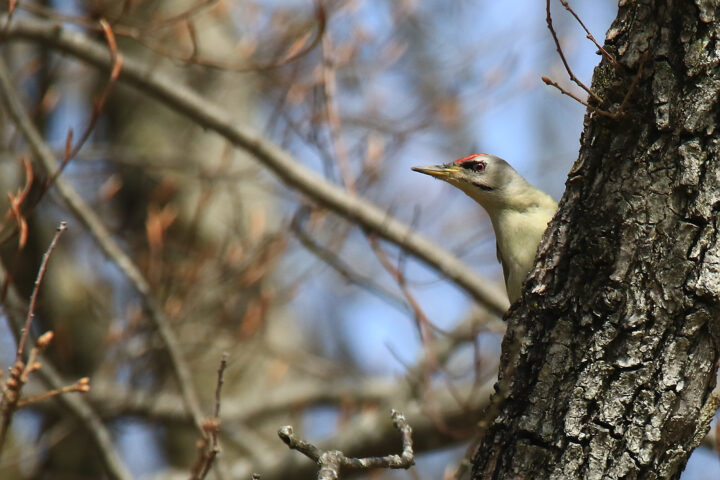In the last decades, the Red Kite recolonized large parts of Switzerland with remarkable speed. However, we only have limited understanding of the factors driving this exceptional population increase. Our large research project investigates the population ecology of the charismatic species by tracking individuals and recording reproduction, survival and dispersal. High samples of tracked individuals provide unprecedented insights into the population ecology of a mobile long lived species in Switzerland and across the entire European distributional range
Subadult red kite that just returned from spring migration and is looking for potential territories in the breeding range
Adult red kite with GPS transmitter
Tagging of red kite nestlings shortly before fledging
Red kite parents with their nestlings
Prey delivery to young nestlings
Download of GPS data from GPS-tagged red kites using a roof-mounted UHF antenna
Red kites parents confused toy with proper food for their nestlings
GPS tagged juvenile red kite at fledging age.
GPS tracks of tagged red kites showing migration and dispersal movements
Winter time roosting site of red kites in Northern Switzerland
More and more red kites spend winter in Switzerland instead of migrating
Integrating individual movement behaviour into population ecology
Species concerned
Ecological research
We investigate the diverse interactions of birds with their environment, from individual settlement behaviour to species communities.

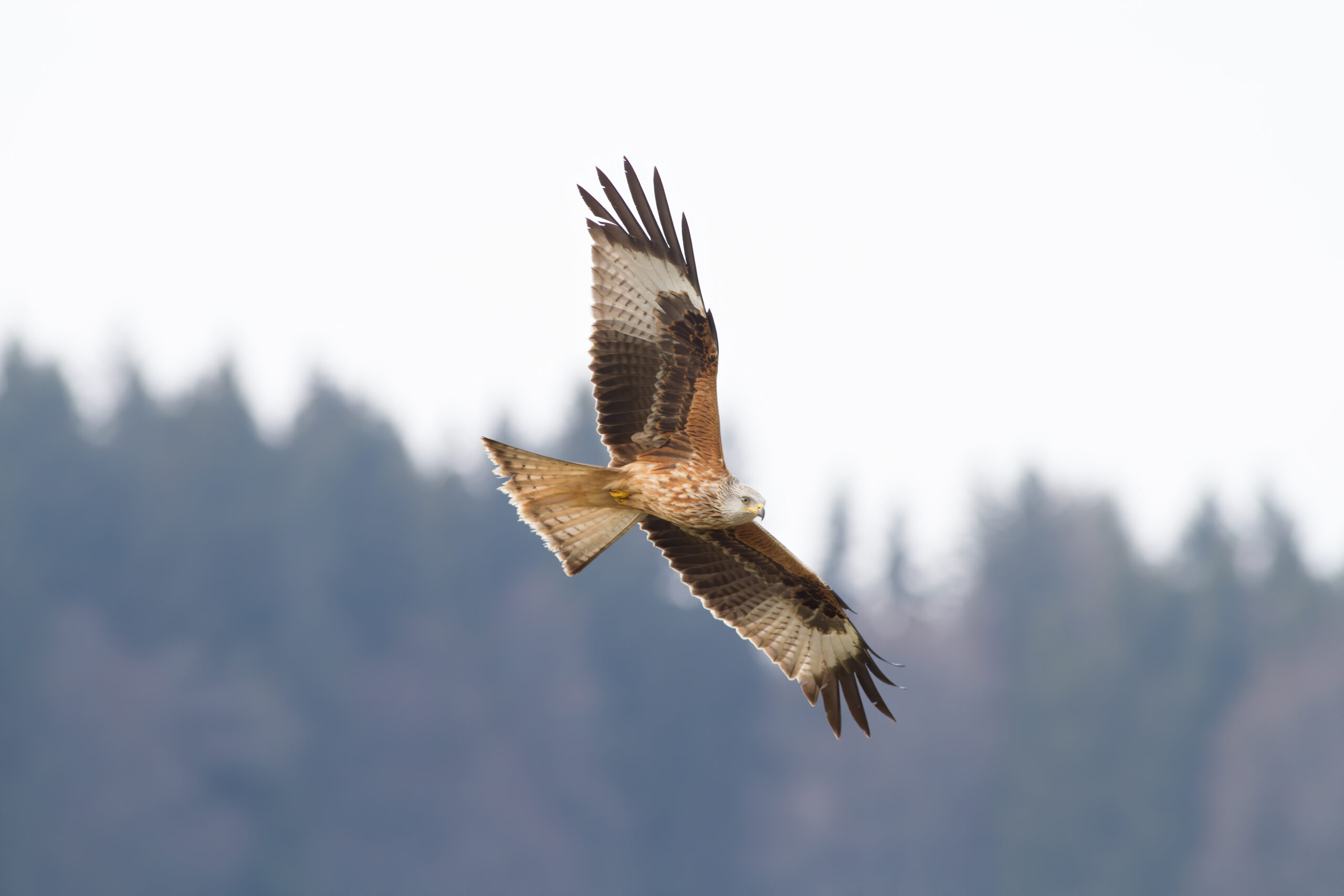










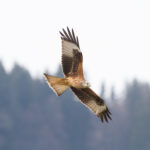
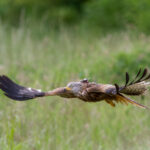
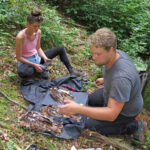
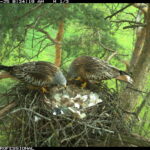
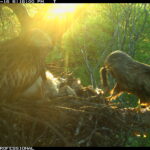
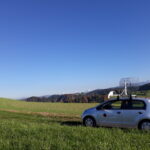
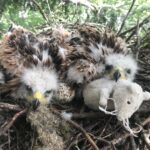
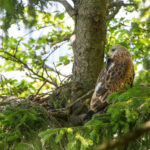
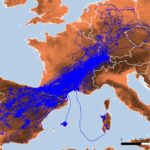
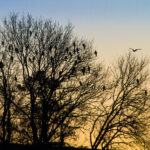
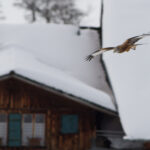
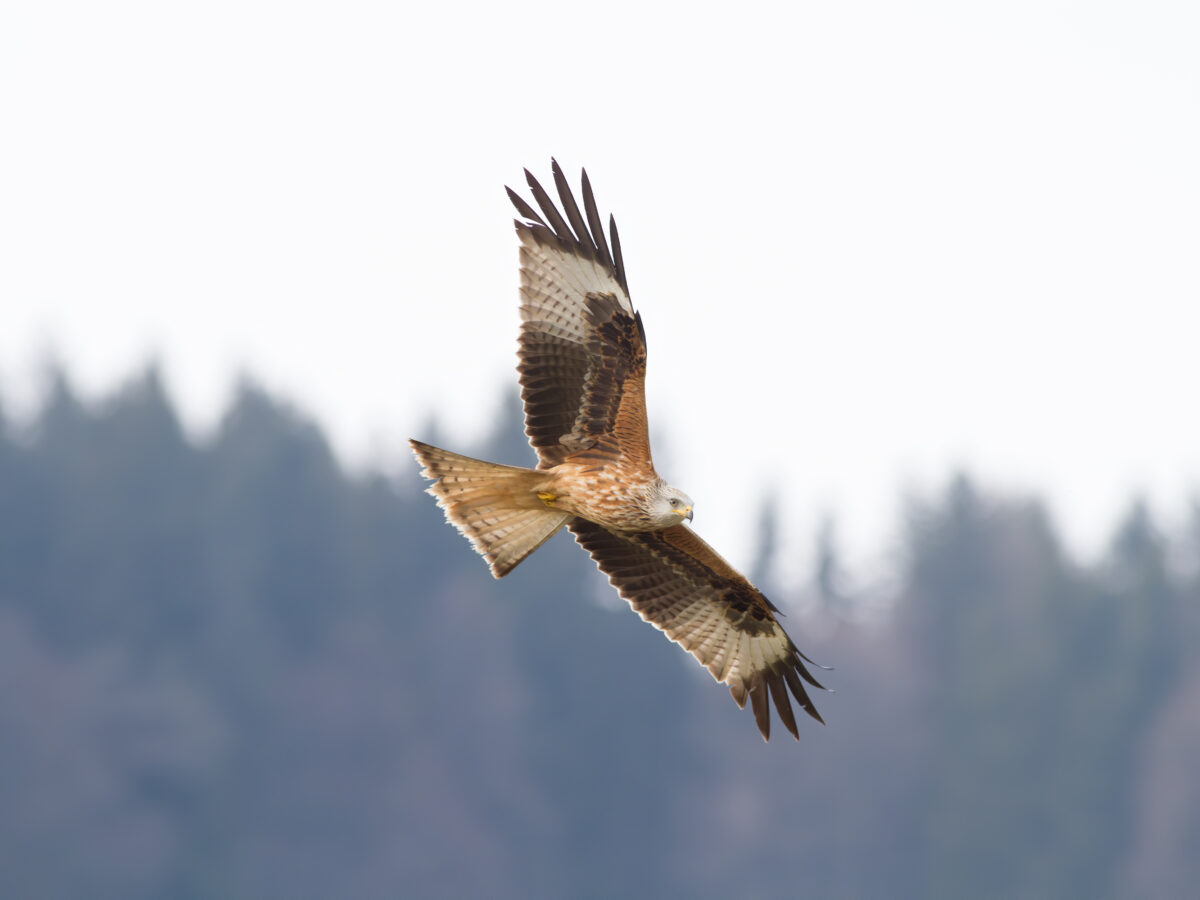

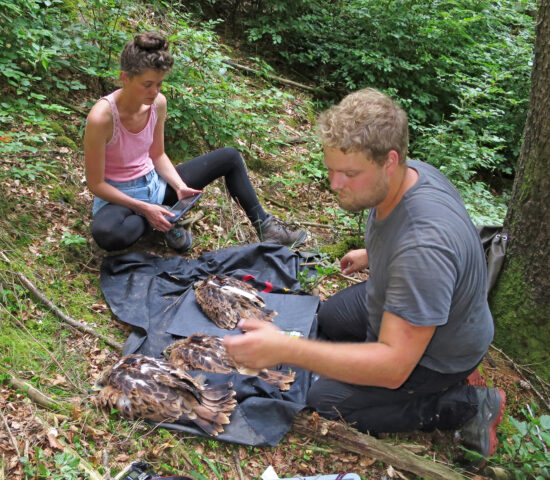
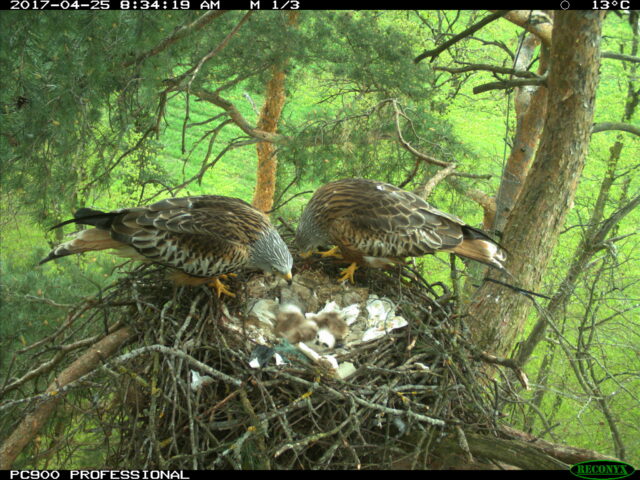
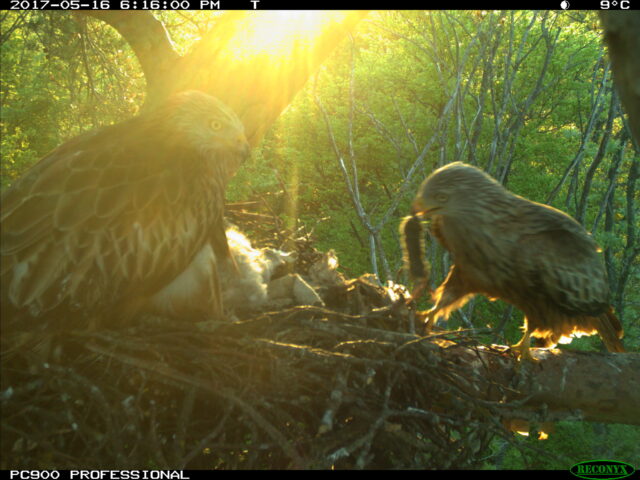
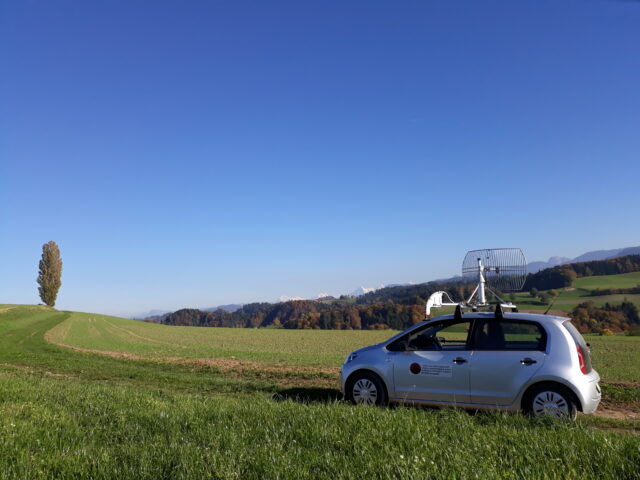
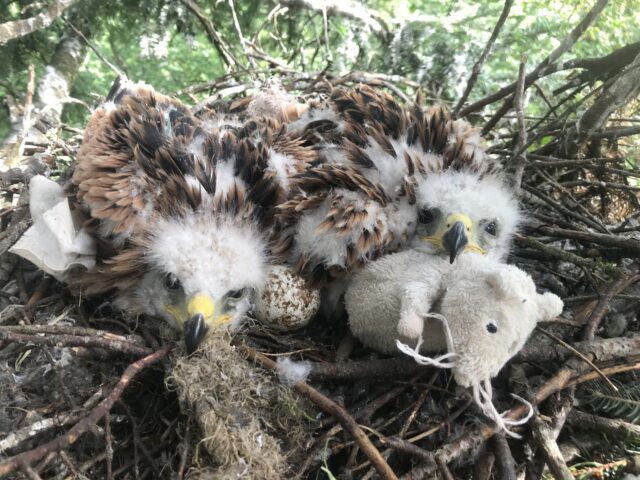
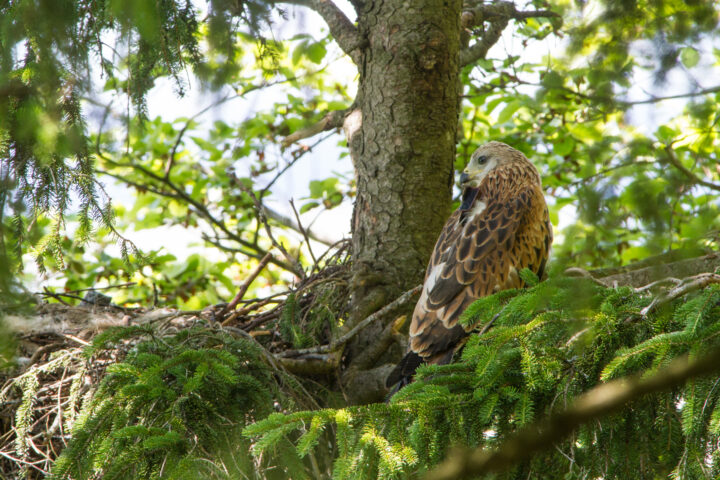
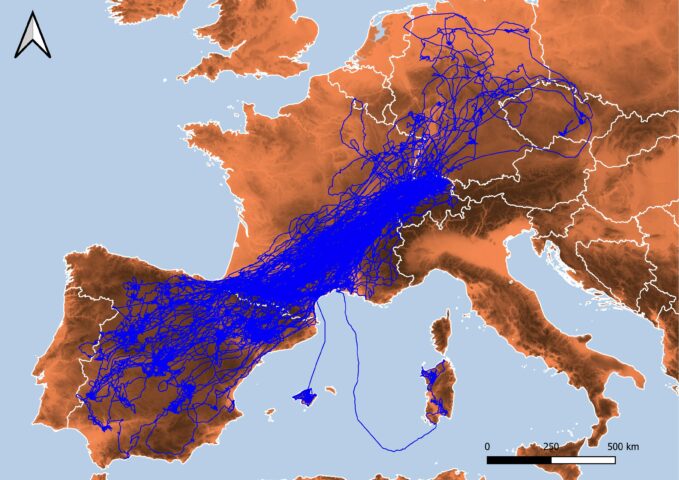
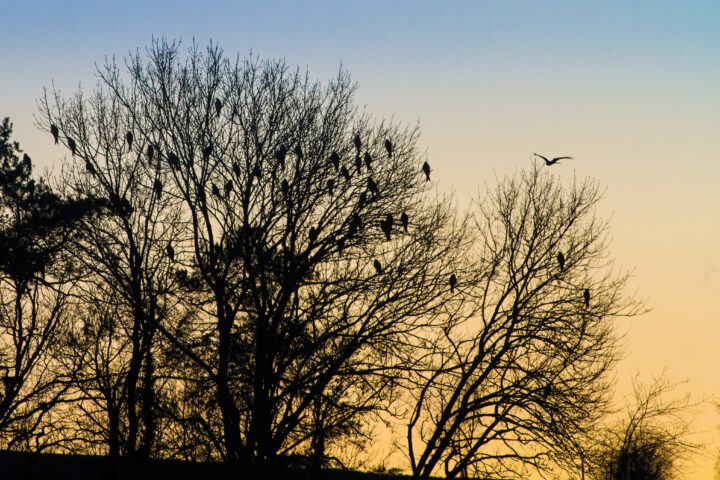
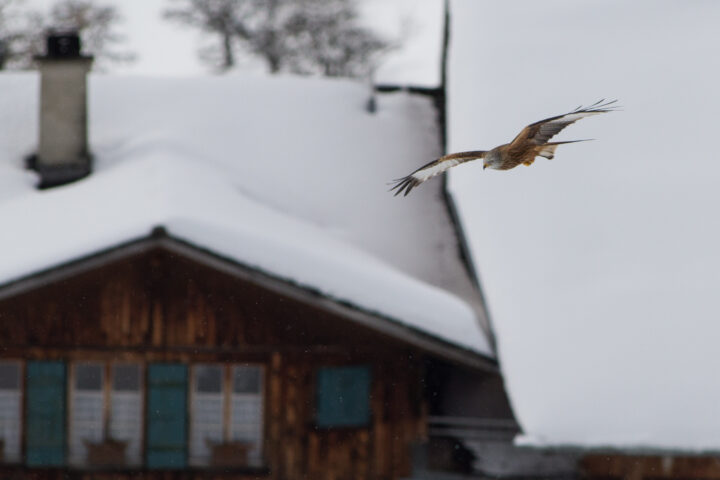
 Patrick Scherler
Patrick Scherler  Reto Burri
Reto Burri  Benedetta Catitti
Benedetta Catitti  Ginny Chan
Ginny Chan  Martin Grüebler
Martin Grüebler  Urs Kormann
Urs Kormann  Steffen Oppel
Steffen Oppel  Florian Orgeret
Florian Orgeret  Michael Schaub
Michael Schaub  Valentijn van Bergen
Valentijn van Bergen  Stephanie Witczak
Stephanie Witczak 